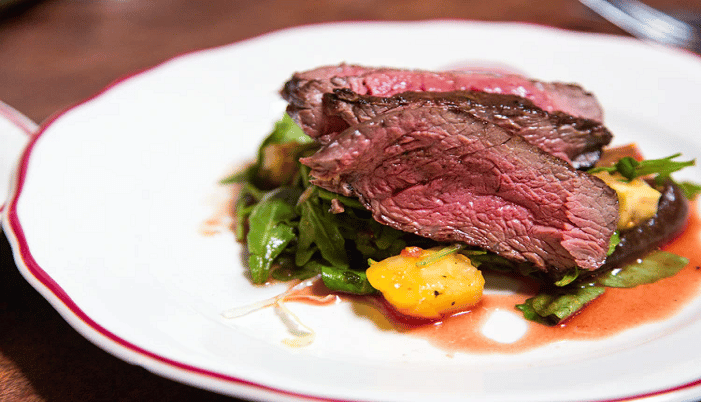“The shift essentially happened in the broader e-grocery market from modern retail stores offline to online stores. For e-grocery, it was 0.3 per cent online penetration before Covid which is minuscule. Similarly, for online meat, the number is small but growing,” Rohan Agarwal, Director, RedSeer told Financial Express Online.
Meaty Affair: Thanks to Covid, online meat startups see growth nearly tripling since January

